Machu Picchu raises a common question among travelers: Is Machu Picchu closing permanently? The short answer is that the citadel does not close seasonally and remains open year-round, even during the rainy season. What may close are some internal routes, such as the Sun Gate (Intipunku) or the Inca Bridge, and the Inca Trail, which closes every February for maintenance. In addition, on rare occasions, there may be temporary closures due to protests, landslides, or emergencies. This updated guide for 2025–2026 will clarify what these closures really mean, why they occur, and what you need to know before planning your visit.
When does Machu Picchu closed? - Quick facts
- Machu Picchu does NOT have a fixed seasonal closure. The citadel is open every day of the year.
- Current opening hours: Entry between approximately 6:00 a.m. and 3:00 p.m., with a maximum exit time of around 5:30 p.m. according to current regulations.
- Inca Trail (4 days and 2 days): closed throughout February for maintenance, but Machu Picchu remains open.
- Routes such as Intipunku, Puente Inca, Huchuy Picchu, and Gran Caverna: Usually open only during high season (June–October) and remain closed during the rainy season.
- Total closures of Machu Picchu have only occurred due to COVID-19, severe landslides, or specific protests.
Below you will find details of each type of closure, examples from previous years, and official links where you can check the current status of the site before traveling.
Is Machu Picchu Closing Permanently?
Many travelers ask, "Is Machu Picchu closing?" or "When is Machu Picchu closing?" These questions are quite common, especially when planning a visit to this world-famous site. Some visitors even shared that they rushed to see Machu Picchu because they had heard rumors that it might close soon. But where do these concerns come from, and is there any truth to them?
Rumors About Permanent Closure
You may have heard rumors that Machu Picchu could close permanently. These rumors began a few years ago, particularly after it was named a UNESCO World Heritage Site. When this happened, UNESCO warned that it might be added to the list of endangered sites. This caused concern that the site could be closed to protect it from the impact of heavy tourism.
However, there is good news. UNESCO’s World Heritage Committee, after careful consideration, decided not to include Machu Picchu on the "endangered" sites list. This unanimous decision was a relief for many, as it meant that Machu Picchu would remain open to visitors. The Peruvian authorities worked hard to address UNESCO's concerns, implementing measures that help protect the site while still allowing tourists to enjoy its beauty.
Why is Machu Picchu NOT closing permanently?
Even though there were concerns, Machu Picchu is not closing permanently. The authorities have taken several necessary steps to protect the site from potential damage caused by the large number of visitors it receives each day. For example, they have introduced limits on the number of people who can enter daily and established specific visiting times and new circuits. These measures help manage the flow of tourists and reduce the wear and tear on the ancient structures.
The main goal of these protective measures is to keep Machu Picchu safe and beautiful for many more years. By carefully managing the number of visitors and enforcing strict guidelines, authorities can preserve this incredible site for future generations. This way, people from all over the world can continue to experience the wonder of Machu Picchu without harming its delicate structures.
Understanding the Concept of “Machu Picchu Closure”
Contrary to some alarming headlines, Machu Picchu is not permanently closing. However, certain areas within the site may have restricted access to protect the delicate structures. This means that while visitors can still explore most of Machu Picchu, some specific locations might have limited entry to protect these ancient sites from damage. These measures are crucial for maintaining the integrity of Machu Picchu, ensuring that it remains a beautiful and accessible destination for generations to come.
Temporary Closures for Prevention
Certain areas of Machu Picchu are temporarily closed during the slow season, which aligns with the rainy season. These closures help maintain the integrity of the site and ensure the safety of visitors. The Peruvian authorities occasionally restrict access to specific parts of Machu Picchu to prevent damage caused by the constant flow of tourists. Additionally, these closures reduce the risk of accidents that can occur due to slippery terrain, poor weather conditions, and limited visibility during the rainy season.
Among the Areas that are temporarily closed are:
| Route | Open | Closed |
|---|---|---|
| Route to Intipunku (Sun Gate) | June 1st to October 15th | October 15th to May 31st |
| Route to Inca Bridge | June 1st to October 15th | October 15th to May 31st |
| Route to Huchuy Picchu | June 1st to October 15th | October 15th to May 31st |
| Route to Gran Caverna | June 1st to October 15th | October 15th to May 31st |
These seasonal closures are part of ongoing efforts to preserve Machu Picchu while ensuring a safe experience for visitors, especially during times when weather conditions make the terrain more dangerous.
Closures to Control Crowds
Machu Picchu's immense popularity, with over 4 million visitors each year, has led to concerns about overtourism. Several measures have been put in place to manage the impact. These include timed entry tickets, designated routes within the citadel, and limits on the number of daily visitors. These steps help reduce congestion and minimize damage to the ancient ruins.
Machu Picchu tickets are divided into three circuits, each offering different routes. Depending on which circuit you choose, access to certain areas of Machu Picchu may be restricted. This approach helps reduce the concentration of visitors in the most popular areas of the site.
Among the most famous restricted areas at Machu Picchu are:
- The Viewpoint: Accessible only to those on Circuit 1, Circuit 2, or the Inca Trail.
- The Sacred Plaza: Available only to visitors with Circuit 2 tickets.
- The Temple of the Condor and the Water Mirrors: Visitors with Circuit 2 or Circuit 3 tickets can access only one of these sites, not both.
These restrictions are designed to protect Machu Picchu's most famous and delicate areas while ensuring a better experience for all visitors.
Permanently Closed Areas of Machu Picchu
To protect the delicate structures and preserve Machu Picchu for future generations, some areas within the site have been permanently closed. These measures are essential to prevent damage from overtourism and ensure the long-term survival of these important cultural landmarks.
The Intihuatana
Starting June 2nd, 2024, access to the Intihuatana was permanently restricted. This decision was made to protect this fragile and significant structure from potential damage. By restricting access, authorities aim to preserve this sacred site, which holds immense historical and cultural value. This measure is part of ongoing efforts to maintain Machu Picchu's beauty and integrity while still allowing visitors to appreciate its wonders from a distance.
The Temple of the Sun
The Temple of the Sun, located in the heart of Machu Picchu, has been closed to the public for several years. Visitors can still walk around the temple and take photos from the upper terraces, but entry into the temple itself is no longer allowed. This restriction helps safeguard the temple's unique architecture and spiritual significance, ensuring it remains intact for future generations to study and admire.
These closures highlight the importance of preserving Machu Picchu's most valuable sites, balancing the need for protection with the desire to share this incredible heritage with the world.
Historical and Recent Closures
Machu Picchu has experienced temporary closures in the past due to various reasons, such as political unrest or natural disasters. For example, political protests in early 2023 led to the site being temporarily closed to ensure the safety of visitors. Additionally, natural events like landslides during the rainy season have occasionally necessitated short-term closures.
Machu Picchu's Temporary Closure in 2023
Machu Picchu was temporarily closed from January 21st to February 11th, 2023, due to a political crisis in Peru. This closure was necessary to ensure the safety of visitors and staff during a period of civil unrest.
Impact of the COVID-19 Pandemic
The COVID-19 pandemic caused one of the longest closures in Machu Picchu's history. The site was closed in 2020 and remained shut for several months due to the first, second, and third waves of COVID-19. Regions in Peru, including Lima and Cusco, experienced strict lockdowns, further extending the closure.
Since reopening, Machu Picchu has implemented new health and safety protocols to protect visitors and staff. International travel is now permitted, and there are no longer any COVID-19-related travel restrictions for entering Peru.
Landslides and Flooding
In the past, severe weather has also led to temporary closures of Machu Picchu. For example, in early 2010, heavy rainfall caused significant flooding and landslides, which trapped over 2,000 tourists. The site was closed for several weeks while repairs were made to the access routes, ensuring the safety of future visitors.
New Machu Picchu Circuits
If you're planning a trip to Machu Picchu, buy your tickets as early as possible since they sell out quickly. You can purchase them online through tour operators like TreXperience or directly on the government website. Make sure you have your passport and any required documents ready when purchasing your ticket to avoid any issues. Early preparation will help ensure a smooth and enjoyable visit.
| Circuit | Route | Description | Availability |
|---|---|---|---|
| Circuit 1 (Panoramic) | Route 1-A: Machu Picchu Mountain | Offers panoramic views from Machu Picchu Mountain. | Year-round |
| Circuit 1 (Panoramic) | Route 1-B: Upper Terrace Route | Features a route through the upper terraces with stunning viewpoints. | Year-round |
| Circuit 1 (Panoramic) | Route 1-C: Intipunku (Sun Gate) Route | Connects to the Sun Gate, providing breathtaking views; only available during the high season. | High season only |
| Circuit 1 (Panoramic) | Route 1-D: Inca Bridge Route | Takes visitors to the Inca Bridge; only available during the high season. | High season only |
| Circuit 2 (Classic Machu Picchu) | Route 2-A: Designed Route | A well-planned route covering key sites within the Machu Picchu citadel. | Year-round |
| Circuit 2 (Classic Machu Picchu) | Route 2-B: Lower Terrace Route | Focuses on exploring the lower terraces of Machu Picchu. | Year-round |
| Circuit 3 (Royal Machu Picchu) | Route 3-A: Huayna Picchu Mountain | Includes the challenging hike to Huayna Picchu with spectacular views. | Year-round |
| Circuit 3 (Royal Machu Picchu) | Route 3-B: Designed Route | A curated route exploring significant parts of the citadel. | Year-round |
| Circuit 3 (Royal Machu Picchu) | Route 3-C: Great Cavern Route | Leads to the Great Cavern; available only during the high season. | High season only |
| Circuit 3 (Royal Machu Picchu) | Route 3-D: Huchuy Picchu Route | Hike to Huchuy Picchu; available only during the high season. | High season only |
Notes:
- High Season: Typically runs from June 1st to October 15th.
- Year-round Availability: Routes that are open throughout the year provide consistent access regardless of the season.
- Panoramic Circuits: These routes offer some of the best views, perfect for photography enthusiasts.
- Classic Machu Picchu: Ideal for those looking to experience the essential parts of the citadel.
- Royal Machu Picchu: These routes access to the center of the citadel, offering a deeper exploration of Machu Picchu’s hidden gems
FAQs
Machu Picchu is one of the most iconic travel destinations in the world, attracting visitors from all corners of the globe. However, with its popularity come many questions about access, closures, and operating times. Below are some frequently asked questions to help you plan your visit.
Is Machu Picchu open for visitors?
Yes, Machu Picchu, along with other Inca sites and tourist attractions, is open to visitors. The site welcomes travelers year-round.
Is Machu Picchu closed in February?
No, Machu Picchu remains open throughout the year, even during the rainy season in February. However, the Classic Inca Trail (4 days) and the Short Inca Trail (2 days) are closed every February for maintenance. Despite this, you can still trek to Machu Picchu during February, with the Lares Trek being a popular alternative.
What time does Machu Picchu open?
Machu Picchu opens daily at 6:00 AM. To be among the first to enter, you should catch the earliest bus from Aguas Calientes or start hiking from town around 4:30 AM.
What time does Machu Picchu shut down?
The last entry time for Machu Picchu is at 3:00 PM, with final admission allowed until 3:30 PM. During the high season, this may be extended slightly, allowing entry until 3:45 PM. The official closing time for the site is 5:30 PM, which is also when the last bus departs from Machu Picchu to Aguas Calientes.
What month is Machu Picchu closed?
Machu Picchu is never closed. The citadel remains open to visitors all year round.
Is Machu Picchu closing due to erosion?
No, Machu Picchu is not closing due to erosion. The site has never been closed for this reason. The only extended closure occurred during the COVID-19 pandemic from 2020 to 2021.
Is the Classic Inca Trail to Machu Picchu closed?
The Inca Trail was temporarily closed at the end of January 2020 due to a rockslide at the Pacaymayo Alto campsite. It was expected to reopen on March 1, 2020, but heavy rains delayed the reopening by two more weeks. During the pandemic, the Peruvian government enforced a strict lockdown, leading to the closure of all tourist sites, including the Inca Trail, which reopened in March 2021 at 50% capacity.
Today, the Inca Trail to Machu Picchu is fully open and will only close each February for maintenance and the rainy season.
Is the Inca Trail closed in February?
Yes, both the 4-day Inca Trail and the 2-day Short Inca Trail are closed every February for maintenance. This should not be confused with Machu Picchu itself, which remains open all year.
Are there any permanently closed areas in Machu Picchu?
Yes, some areas within Machu Picchu have been permanently restricted to protect the site's delicate structures. For example, access to the Intihuatana stone has been permanently restricted since June 2024 to prevent damage. The Temple of the Sun has also been closed to visitors for several years, although it can still be viewed from nearby terraces.
Are there any areas with limited access in Machu Picchu?
Yes, certain areas within Machu Picchu have limited access to reduce the impact of large numbers of visitors. For example, access to the Sun Gate (Intipunku) and the Inca Bridge is restricted during the rainy season, from October 15th to May 31st. These areas are only open during the high season, from June 1st to October 14th.
Can I visit Machu Picchu during the rainy season?
Yes, you can visit Machu Picchu during the rainy season, but it's important to be prepared for wet weather and potentially slippery conditions. Despite the rain, the site remains open, and the surrounding landscapes are lush and green.
How far in advance should I buy tickets for Machu Picchu?
It's recommended that you purchase your tickets as far in advance as possible, especially during peak season (May to September). Tickets can sell out quickly, particularly for popular time slots and the Inca Trail.
Is Machu Picchu sinking?
Yes, Machu Picchu faces the risk of sinking due to the instability of the terrain where it was built and the massive tourism it receives. The city is located in a mountainous area with geological faults, and the large number of visitors increases the pressure on the site. Measures are being taken to protect it, but the risk remains a concern.

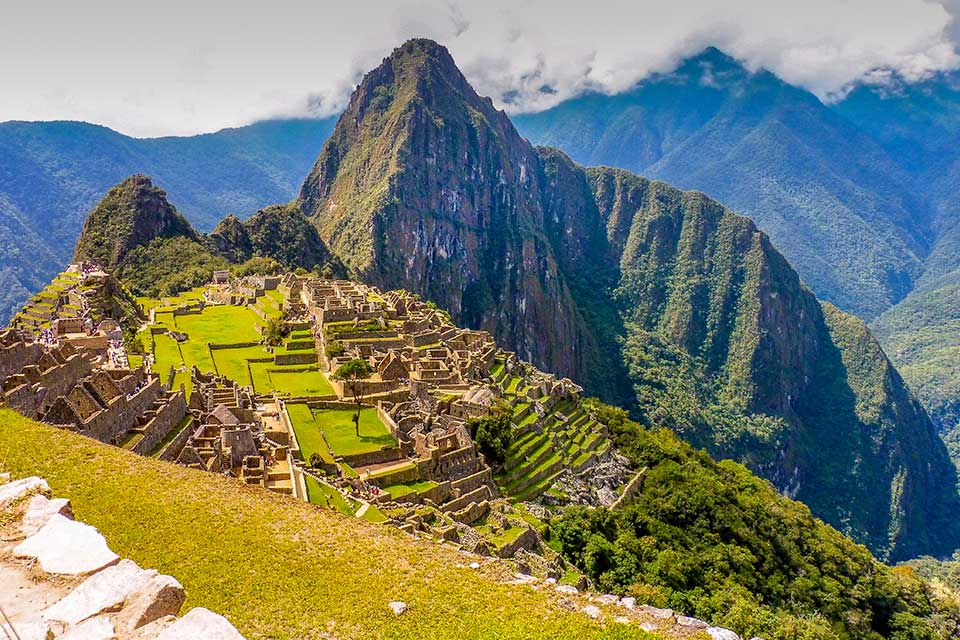

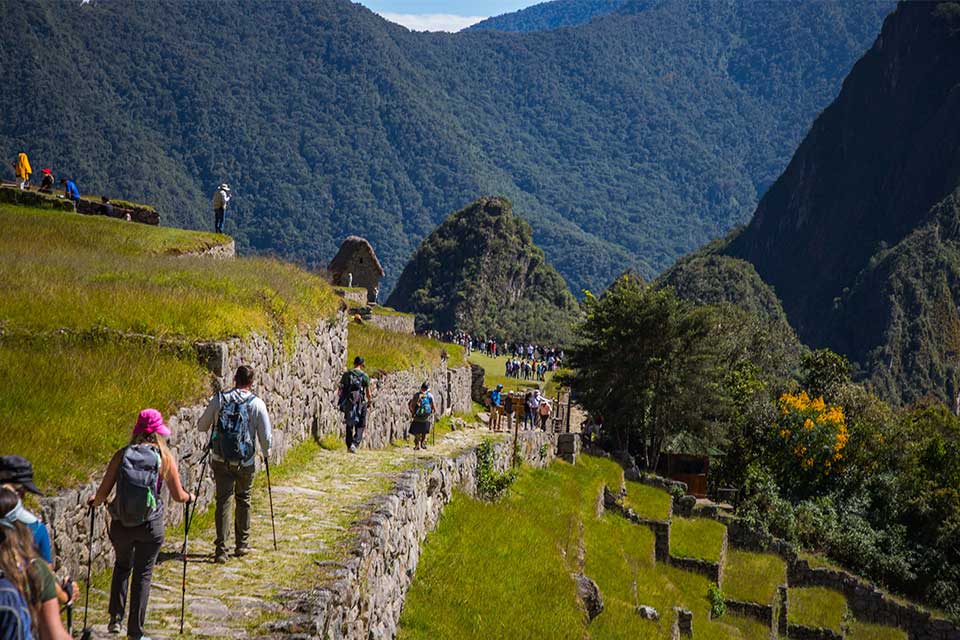

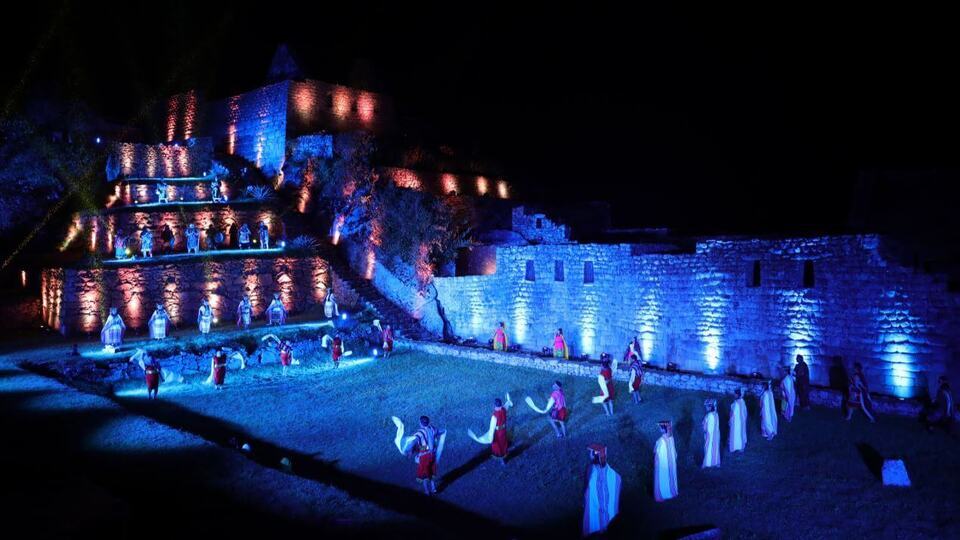
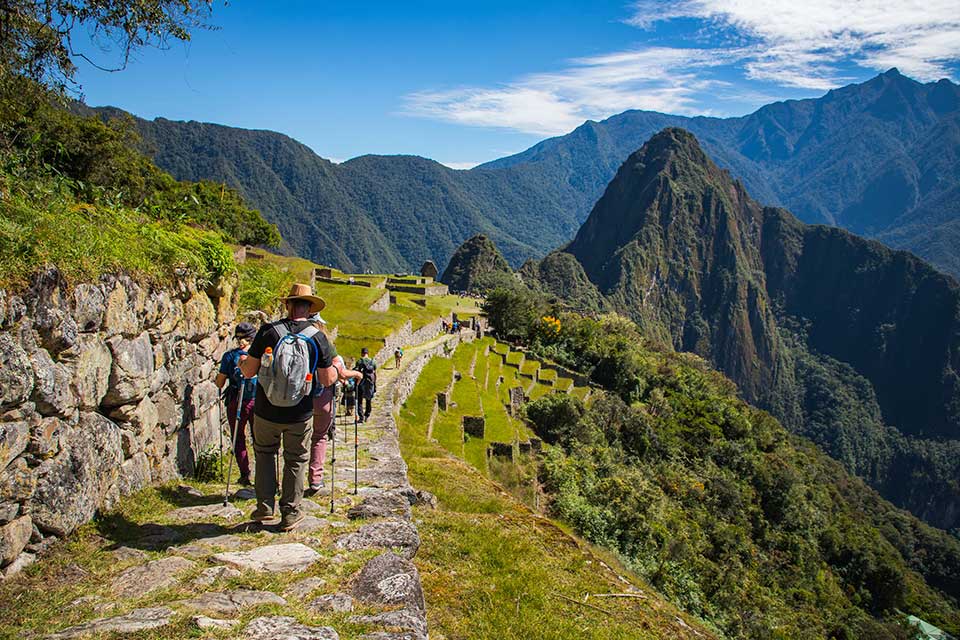
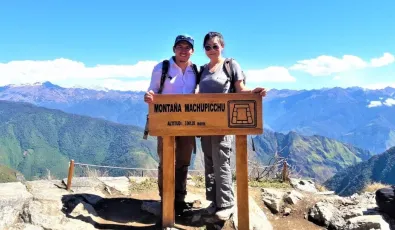
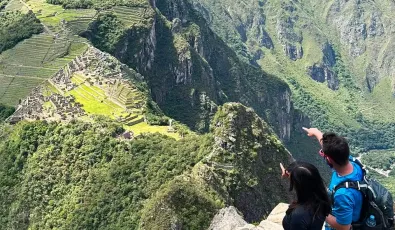
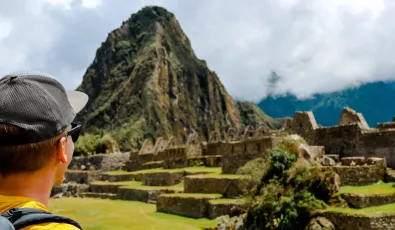
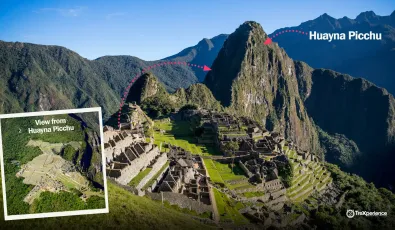

Add new comment